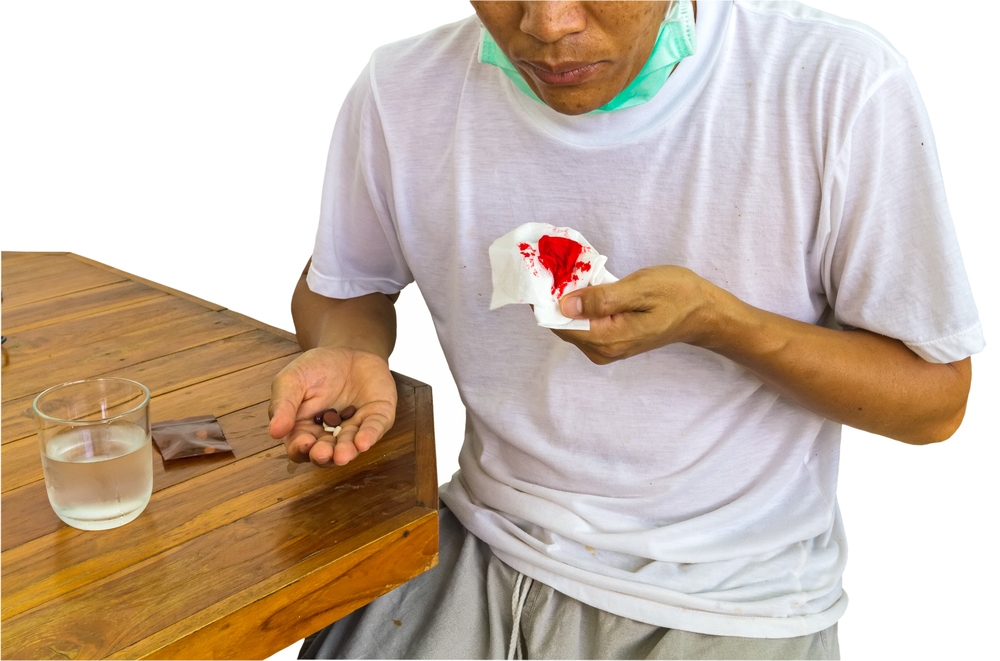
Dr. Clove hopes that everyone will not get sick, be healthy and live a long life, but as the saying goes, “If one eats coarse cereals, one will not get sick.”
For health, we should have such an attitude: do a good job in health care and prevention when there is no disease; Treat the disease as soon as possible when it is found.
However, both prevention and disease treatment are not small expenditures, especially for friends with poor economic conditions. Therefore, understanding the free treatment policy and saving a sum of money is also a necessary health care skill for everyone. Dr. Clove shares with you the free treatment policy for tuberculosis.
Tuberculosis loves to find the elderly and diabetics.
When it comes to tuberculosis, everyone is most familiar with tuberculosis. In fact, except nails and hair, tuberculosis may occur in all parts of the body, such as bone tuberculosis, intestinal tuberculosis, lymph node tuberculosis, etc.
Because the essence of tuberculosis is tuberculosis bacillus infection, as long as the place infected by tuberculosis bacillus may be affected. According to the investigation, about one-third of the people have tuberculosis bacillus infection. Some friends may wonder [didn’t see so many tuberculosis patients around]?
Indeed, tuberculosis does not reach the prevalence rate of one in three, because many people do not suffer from tuberculosis even if they are infected by tuberculosis bacteria, and the body’s immunity plays a great role here.
And the elderly because of the decline in body function, immunity is also reduced, when infected by tuberculosis bacteria is very tolerant of disease. And diabetes can lead to metabolic disorders, malnutrition and other problems, weakening the immunity of the human body, so it is also easy to suffer from tuberculosis.
Early detection of tuberculosis and avoidance of great [scourge]
The most common tuberculosis is tuberculosis. Patients with tuberculosis at the initial stage of onset are likely to transmit tuberculosis to their families by coughing, sneezing and talking loudly.
However, tuberculosis patients may suffer from low fever, fatigue, night sweat, loss of appetite, cough and expectoration, bloody sputum, weight loss and other symptoms.
When there is cough and expectoration for more than 2 weeks, accompanied by symptoms of low fever and fatigue, you must go to the hospital for tuberculosis screening. If it is tuberculosis, it should be treated as soon as possible to avoid infection to your wife, grandchildren, etc.
These four things should be paid attention to for free treatment.
1. Found suspected symptoms, conduct investigation
When cough and expectoration occur for more than 2 weeks, accompanied by symptoms of low fever and fatigue, free chest radiograph and sputum smear examination can be carried out at the respiratory outpatient department or tuberculosis prevention and treatment office to preliminarily determine or eliminate the possibility of tuberculosis.
2. If confirmed, standardize drug therapy
Pulmonary tuberculosis is mainly treated by non-hospitalization drugs, and only a few patients with critical and severe pulmonary tuberculosis and those with serious complications are hospitalized.
Among them, the most commonly used therapeutic drugs are isoniazid, rifampicin, rifapentine, pyrazinamide, ethambutol and streptomycin. These drugs are free of charge, while syringes and water for injection used in treatment are also provided free of charge by tuberculosis prevention and control institutions or designated hospitals.
3. Is the effect of self-funded drugs better?
Isoniazid, rifampicin, rifapentine, pyrazinamide, ethambutol and streptomycin are the most commonly used anti-tuberculosis drugs, which doctors call [first-line anti-tuberculosis drugs].
However, with irregular treatment, genetic variation, age and other reasons, drug-resistant tuberculosis is becoming more and more common. More and more Mycobacterium tuberculosis is not sensitive to first-line anti-tuberculosis drugs, and these drugs have certain liver and kidney damage.
All this has made people less confident in first-line anti-TB drugs. However, more hopes are placed on second-line drugs such as amikacin, ofloxacin, levofloxacin and ciprofloxacin fluoroquinolones. Although second-line anti-tuberculosis drugs are more sensitive than first-line anti-tuberculosis drugs, the cost of second-line drugs is much higher than that of first-line drugs, and the toxic and side effects of some drugs are even stronger.
Therefore, the statement that “drugs at one’s own expense are more effective” is inaccurate and can only be said to vary from person to person. For most TB patients who see a doctor for the first time, receiving standard free treatment is a reliable and economical choice, but when TB drug resistance occurs, the treatment will also be adjusted, and it may be better to properly use second-line anti-TB drugs.
4. Is tuberculosis treatment completely free?
Tuberculosis treatment has a free policy from examination to treatment, which can solve most treatment needs. However, some expenses in treatment are not free, such as the cost of regular review, liver protection drugs, side effect treatment, etc.
